The operation of buildings has a tremendous impact on the environment and, with 90% of your time spent in buildings, buildings also impact your health and comfort. Building Science is a highly interdisciplinary field that combines engineering, architecture, physics, construction, material science, chemistry, physiology and even psychology. The study of building science involves understanding how buildings can be designed, constructed and operated to create safe, healthy and comfortable spaces for people while reducing the impact of buildings on the environment. By specializing in Building Science, you will gain an understanding of the fundamentals of heat, air and moisture transfer in buildings, then use this to explore how to improve indoor air quality, how to design high-performance building enclosures, and how heating, cooling and ventilation equipment work together to keep us comfortable indoors. You'll also learn to use sensors and monitoring equipment to evaluate building performance and develop the skills to model building energy use and other characteristics of the indoor environment. Whether you’re interested in designing new high-performance buildings or restoring existing ones, the Emphasis in Building Science will equip you with both the fundamentals and cutting-edge building performance design and assessment approaches to advance your career.
Meet your Instructors
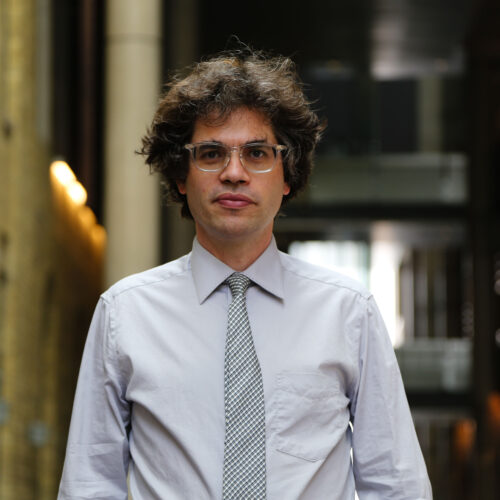
Jeffrey Siegel
ProfessorIndoor Air Quality: Filtration forensics/filtration; signal processing & ventilation; microbiome, airborne particulate & nanoparticles

Marianne Touchie
Associate ProfessorBuilding Science: Building energy performance; building environmental monitoring; building energy use and indoor environmental quality

Seungjae Lee
Assistant ProfessorBuilding Science: Optimal design and operation of building energy systems; Applied AI technologies to realize Intelligent buildings

Sarah Haines
Assistant ProfessorBuilding Science: Indoor Environmental Quality
Requirements
The Emphasis in Building Science is an optional component of the Master of Engineering (MEng) in Civil & Mineral Engineering
To complete the emphasis you must complete 6 courses (3.0 FCE) from the following lists, at least 4 of which must be from Group One.
- Other courses may be considered but would require approval from the Emphasis Coordinator
- With approval, one or two courses may be replaced by an MEng Project: CIV1001H (0.5 FCE) or CIV1002Y (1.0 FCE)
Explore course descriptions and timetables
Note that not all courses will be offered every year.
Featured Courses

CIV501H1 - Building Energy Performance Simulation
Instructor: Seungjae Lee
Before buildings are constructed, or are in use, designers and engineers often use building performance simulation (BPS) to evaluate potential design and operational decisions to evaluate energy consumption or the quality of the indoor environment. Most major building engineering consulting firms have entire departments dedicated to this kind of support. BPS is the process of imitating or predicting aspects of building performance with computational building models. The models draw heavily upon the disciplines of heat and mass transfer, thermodynamics, fluid mechanics, light transmission, and occupant behaviour. By modelling these parameters, the modeller can explore how to improve the design and operation of buildings through quantitative analyses. This course will provide students with theoretical knowledge and practical skills to effectively apply BPS tools in design and analysis contexts focusing on building heating and cooling loads, building HVAC systems, and whole-building HVAC energy consumption. In addition, various building science research methodologies and examples based on BPS will be presented. Students will undertake a hands-on course project where they will be required to conduct their own building thermal/energy analysis of real buildings using BPS.
CIV1320H - Indoor Air Quality
Instructor: Jeffrey Siegel
While the indoor air around us is invisible, as the COVID-19 pandemic has demonstrated, indoor air contaminants have an enormous impact on human health, productivity, building energy use and sustainability. This course begins with the motivation for studying indoor air quality including identifying important contaminants and sources which matter most for your health. You will learn about the fundamental tools and methodologies to measure and model the indoor environment such as the use of mass balances to assess indoor concentrations and the fundamental transport and transformation processes that occur indoors. Then, you will explore how indoor exposure assessments can be used to understand the health impacts of indoor air. Finally, engineering solutions, including technologies and techniques to improve indoor air quality, will be assessed based on their costs and benefits. The course explicitly links the air inside of buildings to building materials, energy use, outdoor air quality, and human health to give you a comprehensive picture of what impacts indoor air quality and how it impacts us.
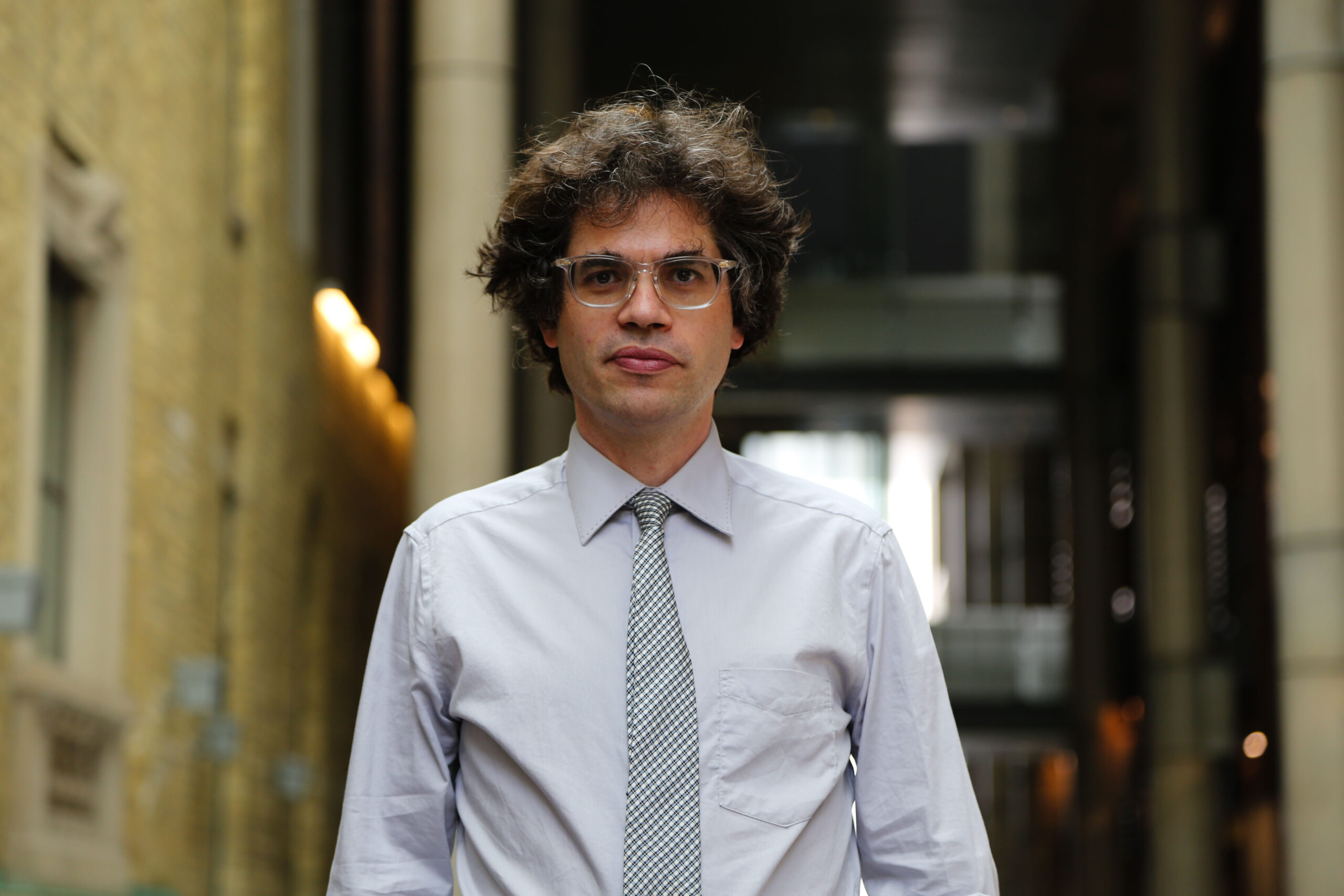
Sample Projects
MEng students have the option of tackling real-world engineering challenges and applying their coursework knowledge by engaging in a project under the guidance of a CivMin professor. A project offers the invaluable opportunity to collaborate with experts and develop innovative solutions, enhancing a student's technical competence and preparing them for the complexities of future engineering careers. Additionally, the project can serve as a cornerstone for building a professional portfolio and showcasing capabilities to potential employers.
A CivMin MEng project is a dynamic experiential learning opportunity providing hands-on experience that can significantly boost employability and confidence as students transition into the engineering workforce. For more details, please refer to the MEng program requirements.
Explore examples of past and potential future projects below, and envision how an MEng project could be a transformative experience in your engineering education and career. Current opportunities can be found on the MEng Project Opportunities page.
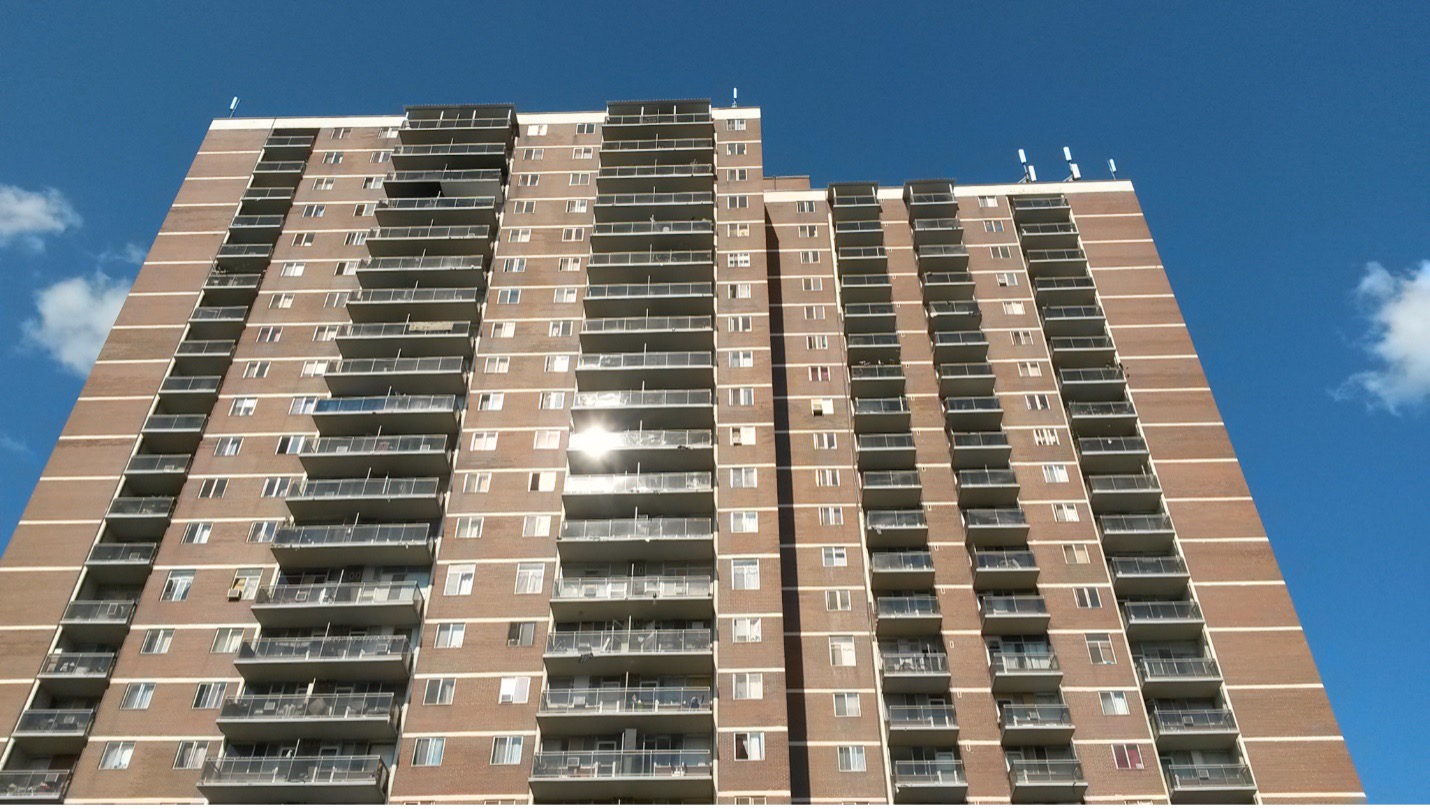
Modelling Heating System Retrofits for Improved Thermal Comfort
Supervisor: Marianne Touchie
Many residents of older, post-war multi-unit residential buildings experience thermal discomfort in cold weather. In order to design effective retrofit measures, baseline conditions for seven buildings were established through resident surveys and data from one year of pre-retrofit in-suite monitoring. The surveys were used to investigate the residents’ thermal comfort level, and how they control their indoor environmental conditions. In-suite sensor packages were used to collect data on air temperature, mean radiant temperature, and relative humidity data. By comparing these results, we could see that the residents’ reported thermal comfort satisfaction does not consistently correspond with calculated thermal comfort metrics based on the monitored conditions. Some of these discrepancies may have been due to resident perceptions, but additional factors such as air leakage and window area likely also influence the results and should considered in retrofit decision-making to improve resident comfort.
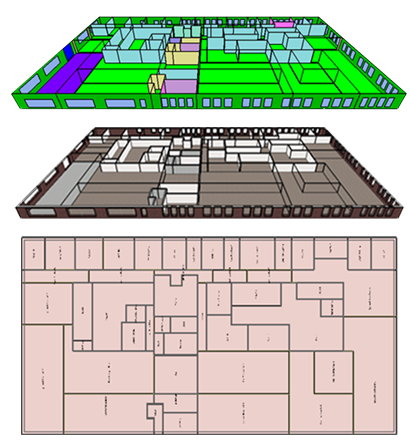
Campus Building Energy Modelling and Analysis
Supervisor: Seungjae Lee
Building performance simulation can be used to evaluate potential operational and retrofit solutions to minimize building energy use and improve occupant comfort. For this project, we developed an accurate and validated building energy model for the Exam Centre building. To create this model, we collected and analyzed design documents with details of the building envelope, HVAC systems, and occupancy, then developed the energy model using DesignBuilder building energy simulation software. The model performance was validated by comparing the modelled building performance using historical weather data with the actual utility data consumption over that same historical time period. With the calibrated model, we are evaluating and comparing different HVAC control strategies.

Evaluating Ventilation and Filtration in U of T Classrooms
Supervisor: Jeffrey Siegel
Like many universities, U of T improved the ventilation and filtration in over 700 classrooms in response to the COVID-19 pandemic. This project had two goals:
(1) characterize the balance between ventilation, central filtration, and portable filtration across all classrooms, and (2) evaluate actual performance when compared to the intended performance in a sample of classrooms.
The analysis showed that approximately half of classrooms were relying on room air cleaners to meet air exchange targets and that challenges with the air testing and balancing data suggested that ventilation and filtration removal may be as high as intended in many classrooms. The measured data suggested that many classrooms were providing much less filtration and ventilation than intended indicating the importance of verifying enhanced ventilation and air cleaning strategies.
Career Outlook
A CivMin MEng from the #1 Civil Engineering program in Canada can open up a world of opportunities and supercharge your career. The University of Toronto is ranked #12 globally for graduate employability by Times Higher Education, and our alumni have secured exciting roles at a wide variety of top companies including Hatch, WSP, Aecon, Kiewit and Metrolinx.









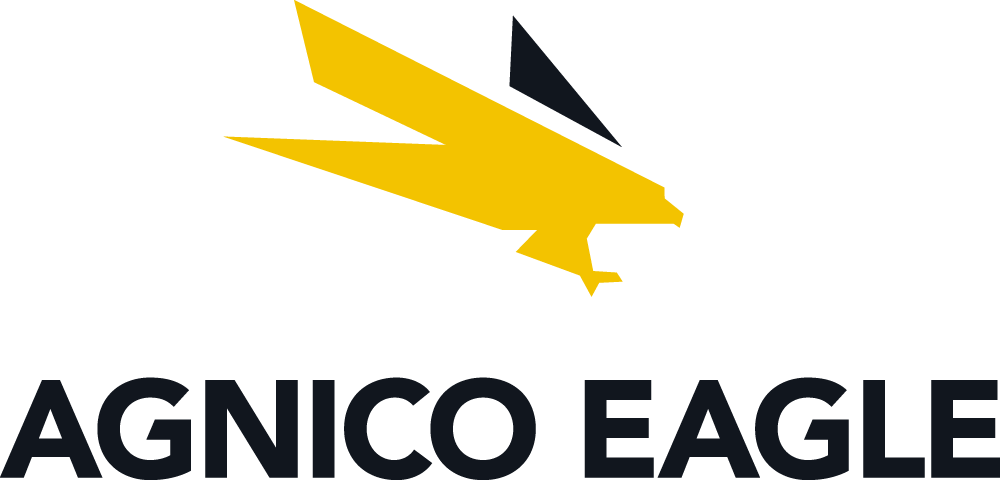




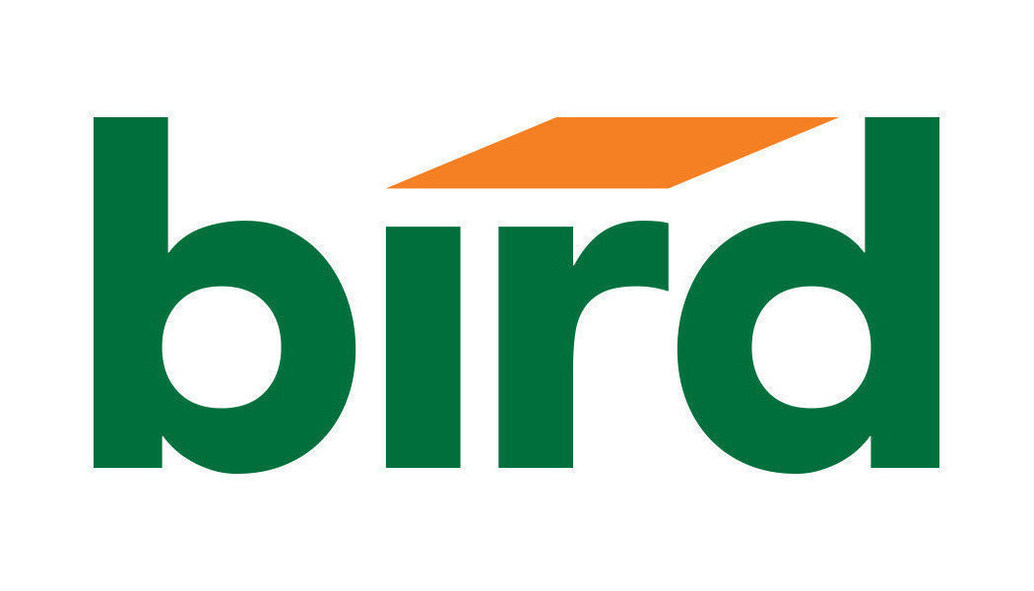





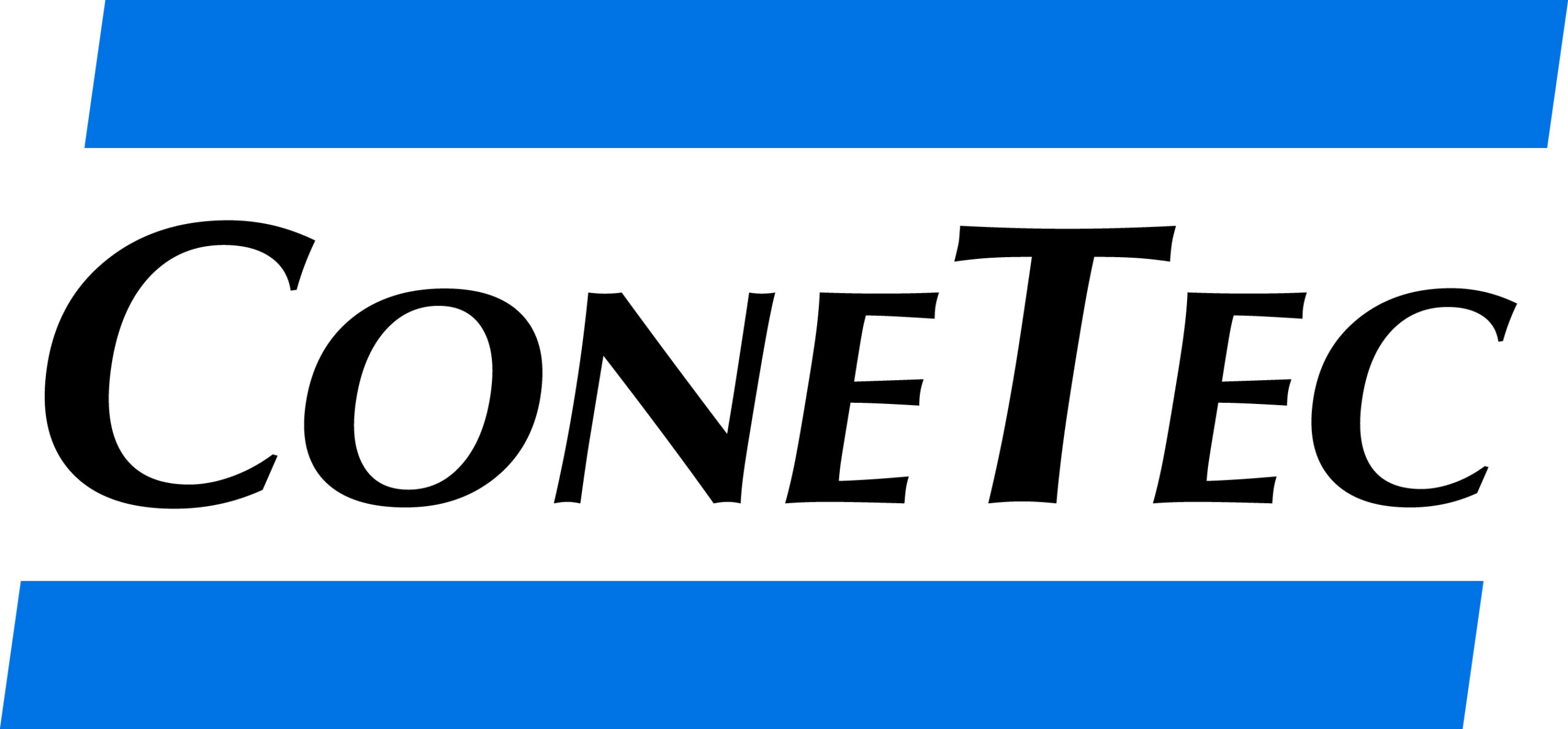








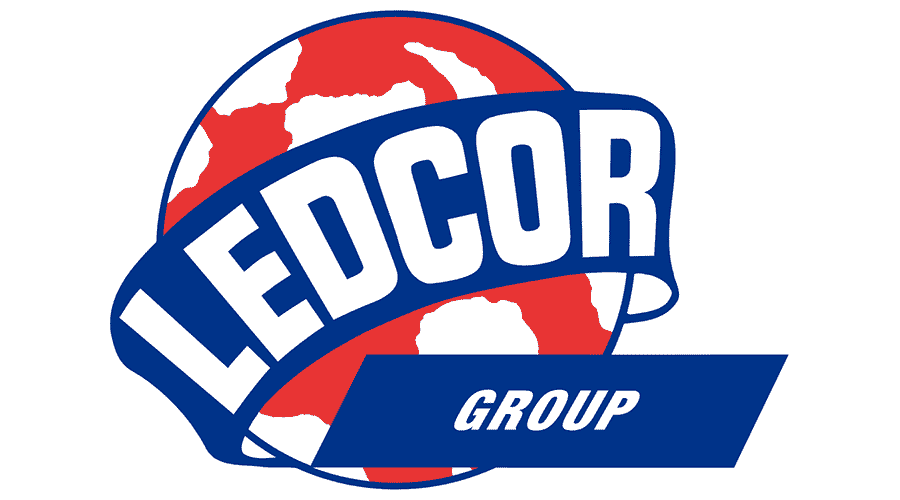


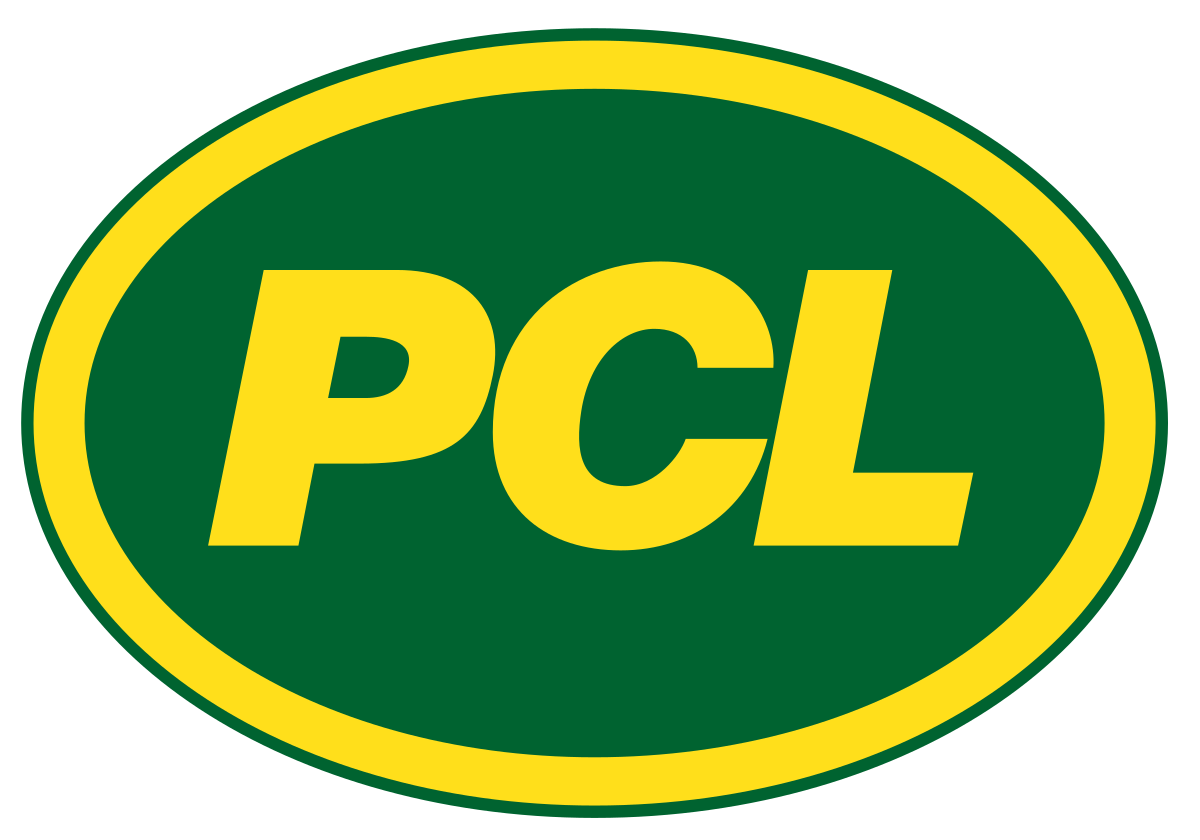

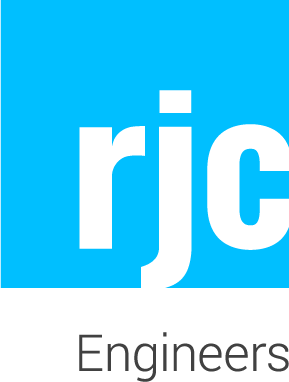
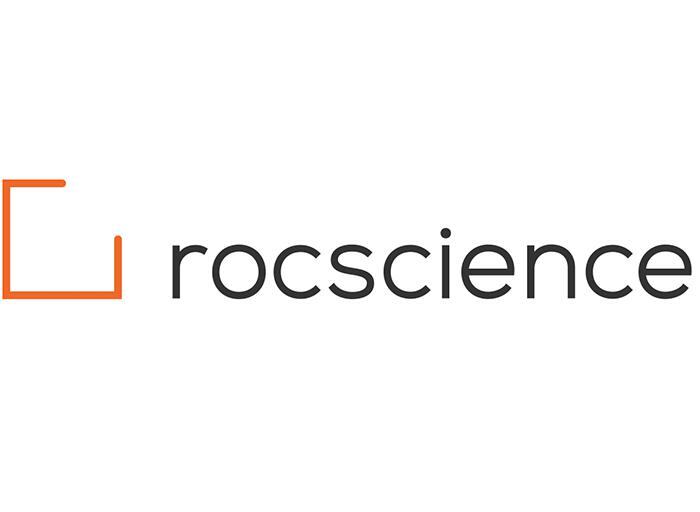

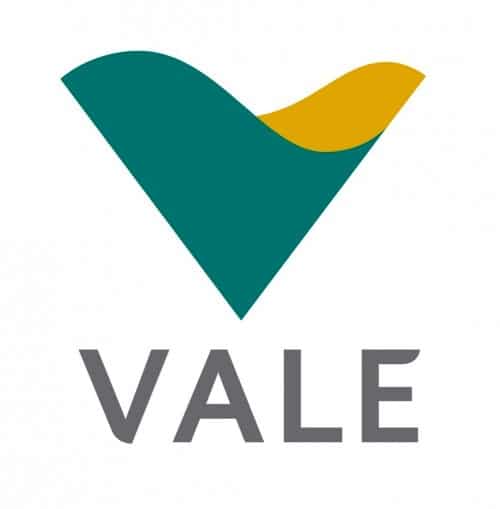
An MEng degree from U of T places you at the centre of an immense and invaluable alumni network. Combined with our strong industry connections and esteemed reputation, a CivMin MEng offers you almost infinite opportunities for support, professional growth and advancement throughout your career.
Graduates of the MEng who have specialized in Building Science are well-prepared for diverse and impactful careers in industry. Many advance to key positions at leading organizations such as RDH Building Science, RWDI and Purpose Building. Our program equips graduates with a robust understanding of building systems, energy modelling, and sustainability practices, making them highly sought after for roles in building science consulting, energy efficiency analysis, and capital planning. With a solid foundation in both traditional and advanced building science techniques, graduates are adept at addressing complex design and performance challenges, driving innovation, and improving building functionality.
Potential Career Pathways
Building capital planning specialists help building owners plan the future expenditures required to keep their buildings in a good state of repair and prepare for transitions such as achieving net zero carbon. They use their building science knowledge along with financial planning expertise to assist building owners with this important planning process.
Suggested pathway to prepare for a career as a building capital planning specialist: CIV575H1, CIV578H1, CIV580H1, CIV1240H, CIV1280H, CIV1299H: Advanced Technologies for Smart Buildings – Energy Performance and Indoor Environmental Quality, CIV1299H: Asset Management: Quantitative tools and methods, CIV1307H

Discover other complementary Emphases to
boost your Master of Engineering experience
